Robert DeKeyser, a linguistics professor, points out that kids between 6 and 16 are in their prime for language learning. That’s when they can achieve near-native fluency.
So, if you’re a parent, this is the golden period for introducing your children to the best language learning apps for kids to learn a new language. Our Ling app is one option that caters to this age group, making language learning accessible and engaging. But let’s not get ahead of ourselves. There are several language apps out there that deserve your attention.
Quick Summary:
Best For
App

Ling
- Real-world Context
- Gamification Learning Method
- Chatbot Conversations

StudyCat
- Multiplayer Games
- Offline Access
- Curriculum-aligned Content

Little Pim
- Entertainment Immersion Method
- Parental Progress Dashboard
- Thematic Lesson Structure
Language Learning Apps For Kids: 6 Fun And Effective Picks
Let me give you the best language learning apps for kids that work well. We’ll break down what sets each one apart and how they can help your child become fluent in a new language. So, stick around. You won’t want to miss this.
1. Ling App: Best Overall Language Learning App For Kids
Let’s kick things off with the Ling app. Trust me, I’ve seen a lot of language apps, and this one knows how to cater to kids. It offers a whopping 60+ languages, but what’s really impressive is its real-world context. Your child won’t be stuck with flashcards.
Here, they’ll learn to navigate real-life situations, like ordering food or asking for directions. This is crucial for kids aged 6 to 16, as it helps them understand the practical use of language, not just memorization.
Now, how does the Ling app keep kids hooked? Gamification! Your child will find themselves in a game-like environment, complete with challenges and quizzes. Yes, it’s fun, and it’s an interactive way to reinforce learning and improve the child’s overall language skills. If early fluency is your goal, among the best language learning apps for kids, the Ling app is unbeatable.
Devices: Android, iOS, Web
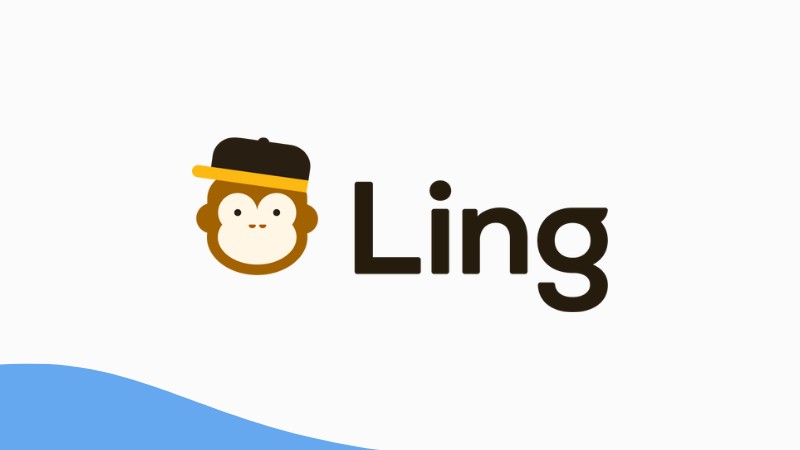
Standout Features
- Chatbot Conversations: The Ling app offers a chatbot feature that simulates real conversations. This is a game-changer for kids who need to practice speaking and understanding dialogues in a safe, controlled environment.
- Native Speaker Audio: The app uses audio from native speakers for its exercises. This is crucial for kids to get the correct pronunciation and intonation from the get-go.
- Cultural Lessons: Beyond just language, the Ling app incorporates cultural lessons. Kids learn to speak while understanding the context in which certain words or phrases are used.
User Feedbacks
- Positive Feedback: People love the Ling app, especially for its user-friendly interface. One reviewer raved, “The lessons are so interactive; my kid doesn’t even realize he’s learning.” Another said, “The gamification elements keep my child engaged for hours.”
- Room for Improvement: The Ling app is so engaging that kids are eager to explore other languages. One user mentioned, “Wish there were more languages available.” This is an opportunity to meet the high demand for diverse language options, making the app even more appealing to young, curious minds.
Pricing
- Free with beginner lessons and an introductory Chatbot.
- Monthly: $14.99
- Six Months: $39.99
- Yearly: $79.99 (7-day free trial)
- Lifetime: $149.99
2. StudyCat: Best App For Vocabulary Through Games
Next in line is StudyCat, a vocabulary machine app. It uses interactive games to teach vocabulary for kids aged 3 to 10. But it goes further beyond being one of the best language learning software. With StudyCat, kids engage in activities that mimic real-world usage of words, like constructing sentences for daily conversations.
Here’s the clincher: algorithmic repetition. Each game reviews and reinforces previously learned vocabulary. This ensures that new words stick, which is particularly beneficial for younger kids. If vocabulary is your main concern, Study Cat is a solid choice.
Devices: Android, iOS, Web
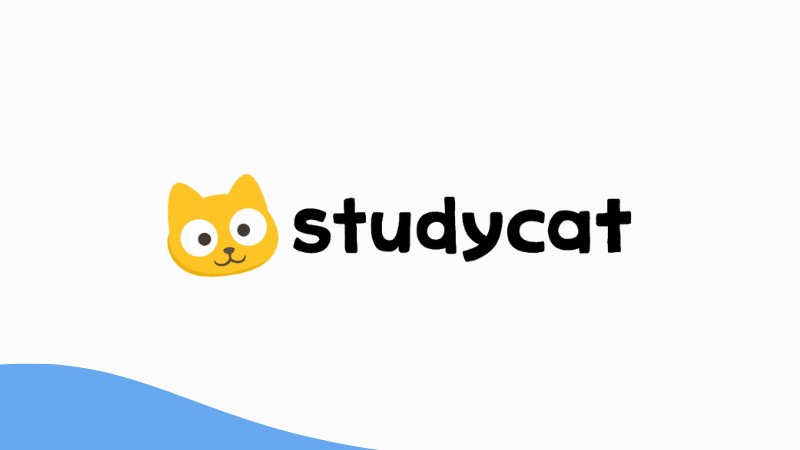
Standout Features
- Multiplayer Games: StudyCat allows kids to play language games with their friends. This social aspect makes learning more engaging.
- Curriculum-Aligned: The app’s content aligns with the Common European Framework of Reference for Languages (CEFR), assuring a standardized level of education.
- Offline Access: Kids can continue learning without an internet connection, making it versatile and convenient.
User Feedbacks
- Positive Feedback: StudyCat is getting high marks for its educational value. “The vocabulary games are a hit with my 6-year-old,” said one pleased parent. Another mentioned, “The app adapts to my child’s learning pace, which is fantastic.”
- Room for Improvement: StudyCat has a minor hiccup with its audio. “The audio sometimes glitches,” a user noted. This issue can interrupt the learning flow, making it a point of technical attention.
Pricing
- Free with basic and limited features.
- Monthly premium: $14.99
- Yearly premium: $59.99
- In-app purchases: $2.99
3. Little Pim: Best Language App For Entertainment Immersion
Little Pim is a blessing for parents with toddlers and preschoolers. It employs the Entertainment Immersion Method, a research-backed approach that combines visual and auditory cues. Kids watch short videos that focus on everyday vocabulary and phrases. They’re also prompted to repeat phrases, match words, and engage in mini-conversations.
What sets it apart? The design. Videos are short, aligning perfectly with a toddler’s limited attention span. Plus, the app offers 12 foreign languages. So, if you’re keen on introducing a new native language to a toddler, Little Pim is worth a look.
Devices: Android, iOS, Roku, Web
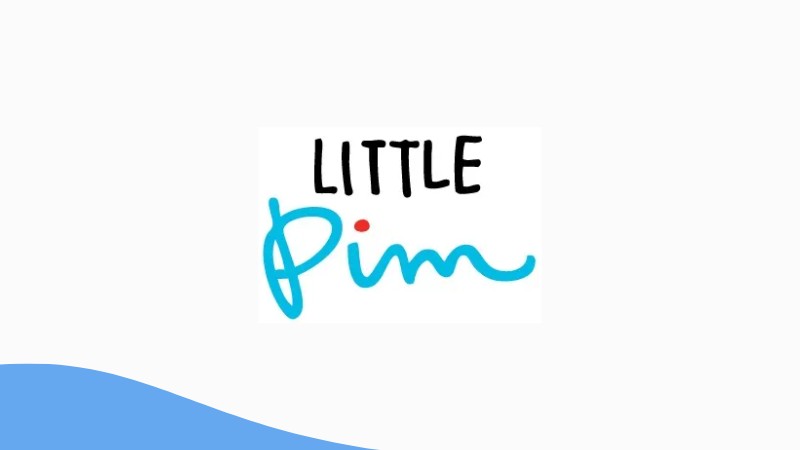
Standout Features
- Entertainment Immersion Method: Little Pim uses a proprietary method that combines education and entertainment, keeping kids engaged for longer periods.
- Parental Dashboard: Parents can track their child’s progress in real-time, offering more control and involvement in learning.
- Thematic Lessons: The app organizes its lessons around themes like food, play, and sleep, making it relatable for kids.
User Feedbacks
- Positive Feedback: Little Pim is winning hearts with its age-appropriate content. “The animated videos are not just cute but educational,” one parent noted. Another said, “The repetition method works wonders for my toddler.”
- Room for Improvement: Little Pim is strong but could use more interactive elements. A user mentioned, “The app could use more interactive features.” Incorporating interactive games or quizzes could make the learning experience more engaging for kids.
Pricing
- Monthly premium: $9.99
- Yearly premium: $69.99
4. LingoAce: Best For Learning Mandarin Through Storytelling
If Mandarin is your kid’s target language, consider LingoAce. This language learning app offers real-time, online classes with certified teachers. LingoAce engages your child in storytelling sessions and interactive games. The storytelling approach is particularly effective because it makes the language relatable.
But there’s more. LingoAce offers cultural immersion. Your child learns about Chinese people and their culture, traditions, and idioms. This holistic approach makes LingoAce a comprehensive Mandarin learning experience.
Devices: Android, iOS, Web
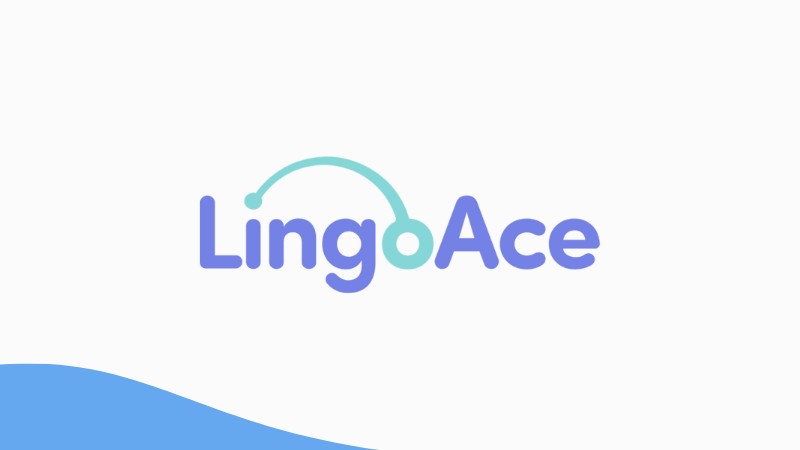
Standout Features
- Live Tutors: LingoAce offers live, online tutoring sessions, providing personalized instruction.
- AI-Powered Assessment: The app uses AI to assess a child’s proficiency and adapt the lessons accordingly.
- Cultural Integration: Like the Ling app, LingoAce also integrates cultural lessons, offering a well-rounded educational experience.
User Feedbacks
- Positive Feedback: LingoAce is a standout for its live classes. “The one-on-one sessions are incredibly effective,” said a satisfied parent. Another added, “The teachers are certified and know how to engage kids.”
- Room for Improvement: LingoAce is not immune to technical issues. “The app sometimes crashes during live sessions,” said a user. This is a concern, especially considering these glitches could affect a child’s learning momentum.
Pricing
- Single session: $14.2 – $30/class
- Subscription package: $18.80/class
- Semi-annual package: $15.00/class
- Annual package: $14.80/class
5. Duolingo: Best For Short Attention Spans Kids
Duolingo’s lessons are bite-sized, perfect for quick learners. These mini-lessons are potent. They require kids to translate sentences, match words, and even speak. What’s the advantage? Versatility. Duolingo covers reading, writing, listening, and speaking. Yeah, much like the Ling app. Both Duolingo and the Ling app even have a feature that allows kids to practice reading aloud and get immediate feedback. So, if your child is easily distracted, Duolingo offers a focused yet versatile approach.
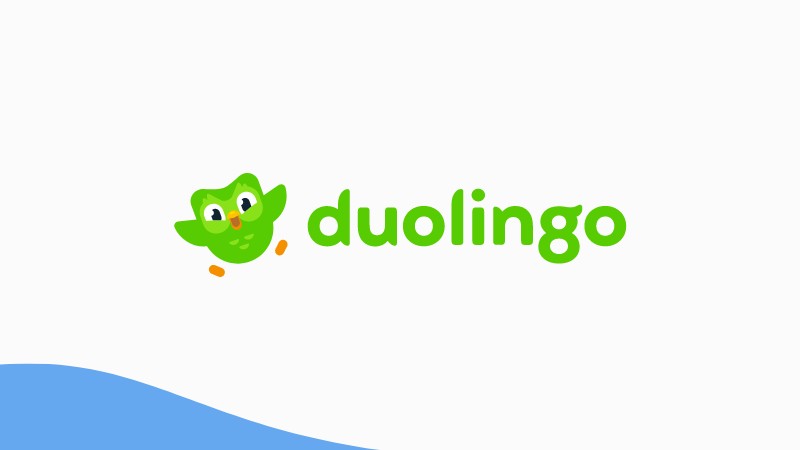
Standout Features
- Streak Count: Duolingo encourages daily practice by maintaining a streak count, which can motivate kids.
- Personalized Learning: The app uses AI to adapt lessons to the learner’s pace and level.
- Multiple Languages: Duolingo offers over 40 languages, giving kids a broad spectrum of options.
User Feedbacks
- Positive Feedback: Duolingo is a crowd-pleaser, with one user saying, “The daily streaks keep my son motivated to learn every day.” Another parent agreed, “The bite-sized lessons are perfect for my child’s short attention span.”
- Room for Improvement: Duolingo’s ad placements have been a point of contention. “The ads can be a bit distracting,” a parent pointed out. Streamlining this could make the user experience smoother and more focused.
Pricing
- Monthly premium: $6.99
- Yearly premium: $83.99
- Family plan: $119.99
6. Lingokids: Best For English Through Play
Finally, let’s discuss Lingokids. This app focuses on teaching English to kids aged 2 to 8. It uses a play-based learning approach, but it’s structured. Lingokids’ activities align with Oxford University Press curricula. The app also has a feature allowing kids to create their own stories, making the learning process more interactive.
But personalization is what makes it special. The app adapts to your child’s learning level. Activities include games, songs, and stories. As a parent, you can track your child’s progress, providing detailed analytics on their learning journey. If you’re aiming to introduce English, Lingokids offers a comprehensive learning environment.
Devices: Android, iOS
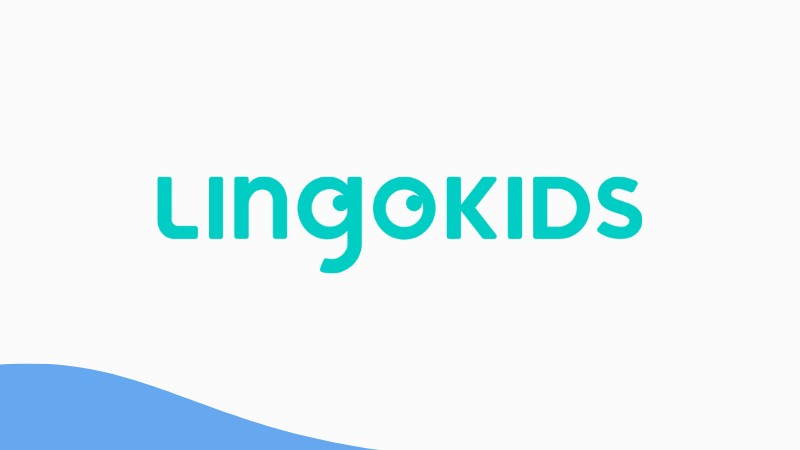
Standout Features
- PlayLearning™ Method: Lingokids uses a unique PlayLearning™ method that combines play and learning, making education fun.
- Multi-Device Access: The app can be accessed on various devices, offering flexibility in how and where learning can take place.
- Parental Involvement: Lingokids offers resources for parents to get involved in their child’s learning journey, including a dedicated Parents’ Area in the app.
User Feedbacks
- Positive Feedback: Lingokids is a hit, particularly for its comprehensive learning experience. “I have not seen an app with all these nice songs and fun educational games,” said one parent. Another mentioned, “My kids are way too advanced in their school for their ages, so they skip two grades.”
- Room for Improvement: Lingokids is generally well-received, but some of its content has raised eyebrows. “Baby bot thinks the potato is a rock!” a user exclaimed. Content accuracy is crucial when it comes to educational apps for kids.
Pricing
- Free with limited content and no offline mode.
- Monthly premium: $14.99
- Yearly premium: $71.99
Why It’s Great For Kids To Learn New Languages With Apps
As a concerned parent, learning new languages is a smart move for your child, and using language learning apps for kids makes it easier and more fun. Here are seven reasons why:
- Better Brain Skills: Studies, like those from Harvard, show that kids who learn new languages think better. They become more creative and solve problems easier.
- Good for School: Kids who know more than one language usually do better in school. They score higher on tests, showing that learning languages help in many subjects.
- Easier to Learn Sounds: Young kids learn new sounds and ways to say words more easily. Starting early helps them speak more like a native.
- Understanding Other Cultures: When kids learn a new language, they also learn about the people who speak it. This helps them understand and care about people from different places.
- Helps in the Future: Knowing more languages can help your child in many ways as they grow up. It can open up more chances for them in school and work.
- Fun Learning with Apps: Language learning apps for kids make learning fun. They have games and activities that keep kids interested.
- Learn Anytime, Anywhere: With language apps, your child can learn whenever they want. It fits easily into their day.
So, using language apps for kids to learn new languages is a great choice. It helps your child now and in the future.
Do Language Learning Apps For Kids Make Your Child Fluent?
You might wonder, “Can an app genuinely elevate my child to fluency in a new language?” The answer is a resounding yes, and here’s how:
- Language learning apps break down the intimidating barriers of learning a new language into fun, interactive lessons.
- They use gamification to make grammar and vocabulary stick.
- Language learning apps for kids offer real-world exercises to apply what’s learned.
But let’s be clear. An app is a tool, not a magic wand. Consistency and real-world practice are your child’s tickets to fluency.
Now, if you’re after an app that offers more than just the basics, you’ll want to check out the Ling app. What sets it apart? It’s the way it integrates culture into language learning, making the experience rich and relatable.
Plus, it offers a variety of exercises that adapt to your child’s learning style. And if your child is a reader, our website is a treasure trove of daily language articles that tackle everything from grammar lessons to cultural dos and don’ts.
So, don’t just stand there. Download the Ling app from Google Play and the App Store now. Let’s kickstart your child’s journey to becoming a young polyglot!



































































